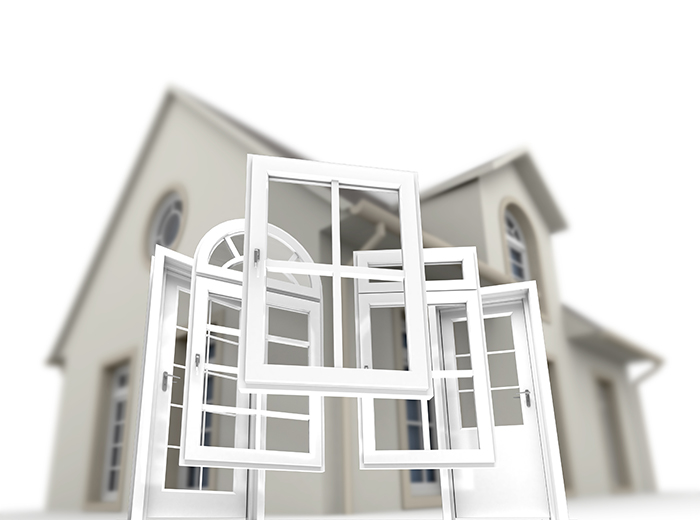Understanding Energy Ratings
HomeUnderstanding Energy Ratings
Can you qualify for the $200-$500 federal tax credit? Determining if your windows are energy efficient is often a confusing task to the untrained eye and not all products are eligible for a federal tax credit. Here’s your pro-level label-decoding guide so you can better understand our lingo:
Which Labels Matter?
The two labels you should look for: The U.S. Department of Energy’s blue-and-yellow Energy Star label, which specifies the climate zones the product is certified for, and the white National Fenestration Rating Council label. Nonprofit, NFRC, is the industry-recognized certifying body for windows and doors. It reports raw numbers only; Energy Star tells you whether those numbers constitute superior performance, putting its seal of approval on those products that meet its standards.
To confuse matters, DOE has issued a blue label that manufacturers can use to signify that a product qualifies for the tax credit. But DOE doesn’t require that manufacturers include it.

What You Need to Get the Tax Credit
For windows or doors to qualify for the credit, two NFRC-supplied measurements must each be equal to or less than 0.3, regardless of climate: U-factor and solar heat gain coefficient (SHGC). You must also have the manufacturer’s signed statement that the product complies with IRS requirements. This either comes with purchase or can be downloaded from the manufacturer’s website.
A window or door’s frame and other components (weather stripping, sidelights, transoms) can significantly affect its energy efficiency, so NFRC measures based on the entire unit, not just the window glass or door slab alone.
A Guide to Measurements
The NFRC label typically lists five measurements, including the tax credit-critical U-factor and SHGC. The other three are somewhat less important to energy performance, according to Energy Star, but can help you judge how well a window or door will perform in a particular application—for example, whether it’ll let in enough light.
Where you live affects which measurements are most important, but the tax credit requirements are uniform across the country. There are four Energy Star climate zones, differentiated by whether heating, cooling, or a mix of the two is most critical to energy performance.



